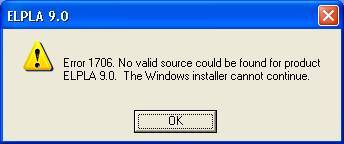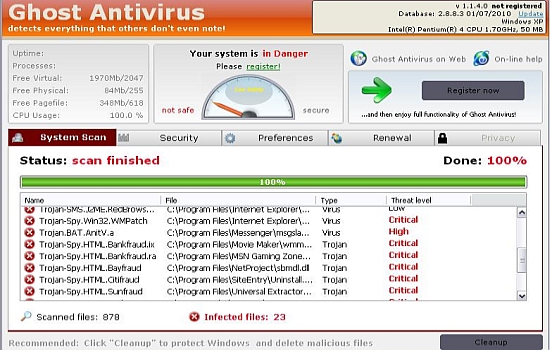How To Fix Access Denied Error Message
The “Access Denied” error messaged is prompted when you try to access a folder on your Windows XP Professional computer and are unable to do so. The error message looks like this:
“Folder is not accessible: Access is denied.”
What Causes The Access Denied Error Message?
The causes of the Access Denied error message is caused if you have recently installed or upgraded your system to Windows XP. The folder you are trying to open was created on a FAT (File Allocation Table) file system, where as Windows XP is an NTFS (New Technology File System) OS. Windows typically sees any other file format than NTFS as being “alien” or “outdated”, meaning that if you try and access it, your PC will just block it from opening. The Access Denied error message may also appear even if you provide an incorrect user name and password credentials. If you want to fix this error, you can use the steps below:
How To Fix The Access Denied Error Message
Step 1 – Replace Owner On Sub Containers And Objects
The reason why you need to change the ownership of these elements is because Windows is continually trying to protect files that should not be changed. If you have the wrong settings for these parts of your system, it can cause your PC to show errors – making it vital that you’re able to repair them using the steps below:
- Open My Computer.
- Select the Tools menu and click Folder Options.
- On the View tab, clear the Use simple file sharing (This is recommended) check box in the Advanced Settings section, then click OK.
- Right-click the folder that is generating the Access Denied error, then click Properties.
- On the Security tab, click the Advanced button and then display the Owner tab.
- Select your user name in the Name list and then select Replace owner on subcontainers and objects check box.
- Then click OK.
The following error message will be displayed:
You do not have permission to read the contents of directory Folder_Name. Do you want to replace the directory permissions with permissions granting you Full Control? All permissions will be replaced if you press Yes.
- Click Yes then OK
The permissions and security settings will now be reapplied to the selected folder and its contents.
The following error message may be displayed on your Windows 2000 or Windows 2003 Server computer when you try to access a file that is located on an NTFS system volume:
“Access is denied”.
The error may occur even if you have the required NTFS permissions to access the file.
This error occurs when you are trying to access a file that has been encrypted by another user.
Step 2 – Find Out Whether The File Is Encrypted & Then Decrypt It
To do this follow these steps:
- Open Windows Explorer, on View menu select Details.
- Display the View menu again, then select Choose Columns.
- In the Choose Details dialog box, select the Attributes check box.
- If the Attributes column displays E for the file you are trying to access it means it is encrypted.
To decrypt the file it will have to be decrypted by the same user who encrypted it. You may also use a Recovery agent (software tool) that is designated to decrypt the file.
Step 3- Clean Out The Registry
– Download this registry cleaner
The “registry” is the central database that Windows uses to help it recall a large number of different settings & files that your PC requires to run. The registry stores everything from your desktop wallpaper to your folder permissions, making it an essential part of your computer that Windows depends upon to run. Unfortunately, the registry is also a big cause of problems, and is often the reason why the “Access Denied” error will appear. The problem is that the registry database is continually being saved in the wrong way, causing your computer to run extremely slowly and with a lot of errors, making it essential that you’re able to fix the various problems that are caused by the registry. To do this, it’s recommended you use a ‘registry cleaner’, like the one we recommend below:



